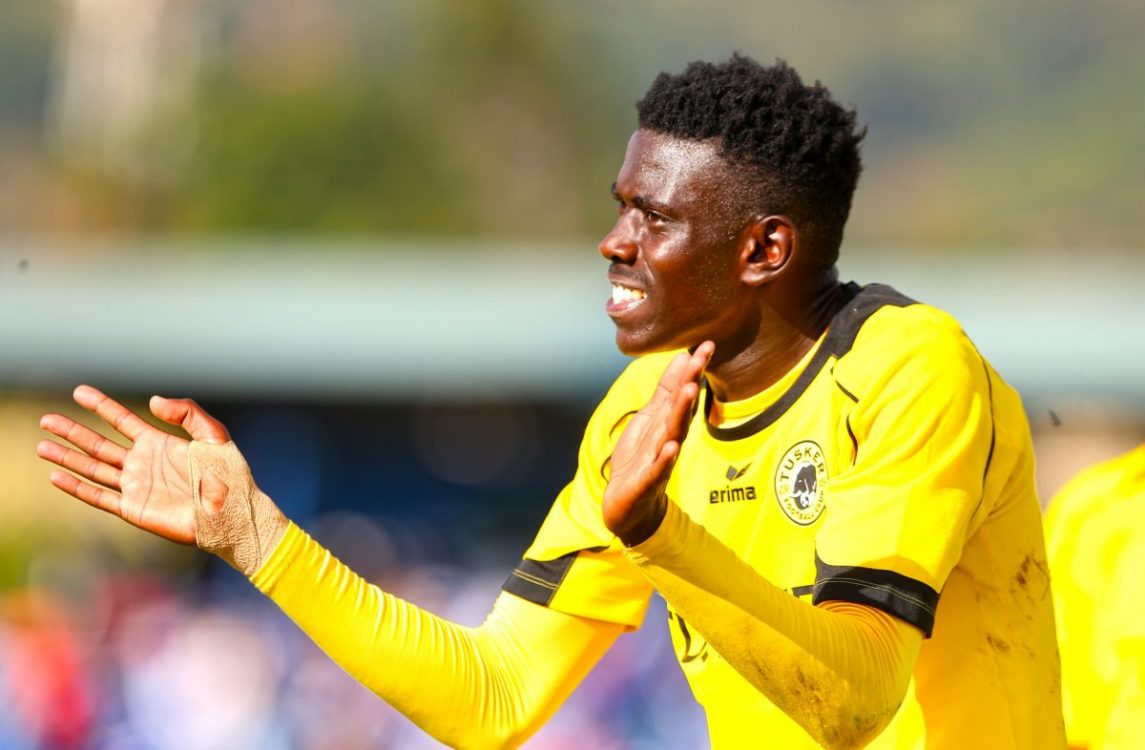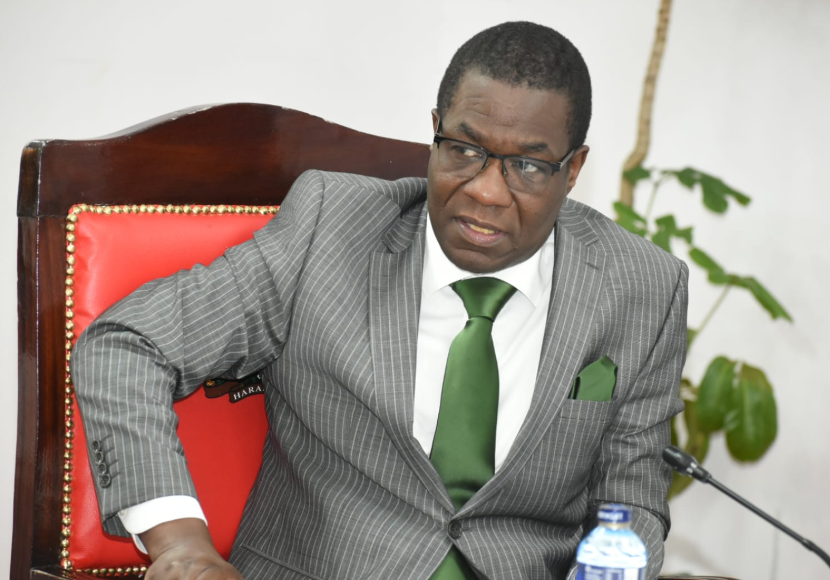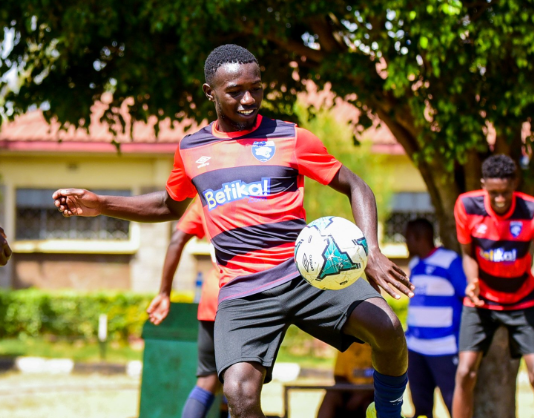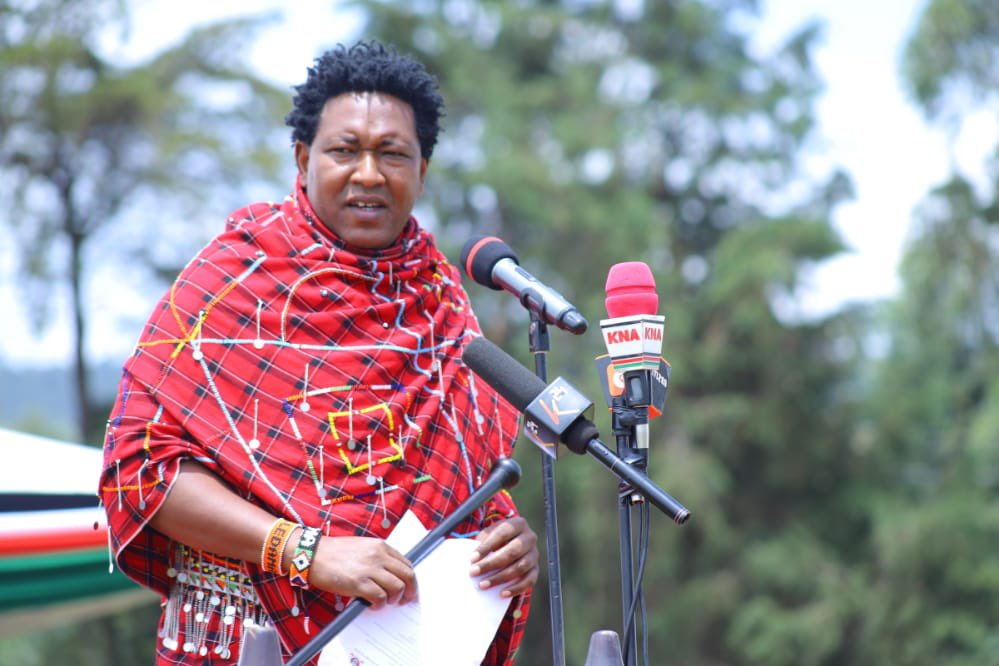King Charles trip to Kenya coast resurrects ghosts of slave trade
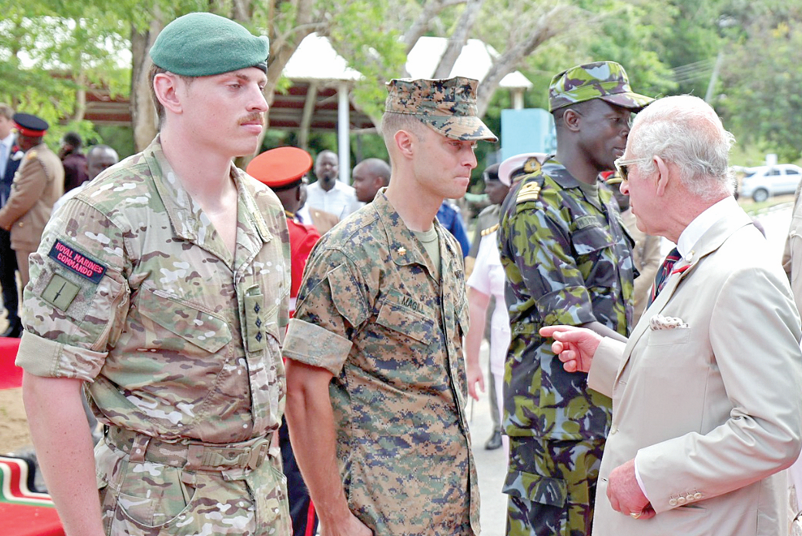
British monarchs King Charles III and his wife, Queen Camilla, embarked on their tour of the Coast region yesterday on the final leg of their Kenyan tour to confront the ghosts of the Slave Trade largely blamed on the British.
Many will recall the East African Slave Trade era where thousands of slaves were shipped to Arabia and the Persian Gulf through the port of Mombasa to serve the colonial power as labourers, guards, soldiers, or concubines.
In the 18th century a brutal trade network transported kidnapped Africans to European colonies in the Americas and the Caribbean to work as slaves, mostly on plantations.
But in 1787, British campaigners against slavery such as Thomas Clarkson and Granville Sharp founded the Society for the Abolition of the Slave Trade, believing that ending the trade was the first step towards eradicating slavery completely. They raised awareness about, boycotted slave-produced goods and petitioned the UK Parliament.
In Parliament, the campaign was led by William Wilberforce, a renown English politician, philanthropist and a leader of the movement to abolish the slave trade.
It was only after many failed attempts that, in 1807, the slave trade in the British Empire was abolished. However, slaves in the colonies (excluding areas ruled by the East India Company) were not freed until 1838 – and only after slave-owners, rather than the slaves themselves, received compensation.
Before Mombasa became well established as an important port for trade across the Indian Ocean, the general area had long been the site where the then Coast Bantus who engaged in farming, fishing, and local trading called home.
But a number of visitors started visiting the Coastal city with keen interest, while admiring its strategic position. It was visited in 1331 by the Arab traveller Ibn Baṭṭūṭah and in 1498 by the Portuguese navigator Vasco da Gama. Because of its strategic position, it was continually fought over, passing among the Arabs, Persians, Portuguese, and Turks until 1840, when the sultan of Zanzibar finally gained control.
The arrival of the British in East Africa around 1822, the first signing of a series of treaties with Sultan Said of Zanzibar to bring the trade to an end, was witnessed. But this did not end immediately.
The British however continued to pile pressure, officially resulting in the abolition of the brutal trade in 1876. Slavery remained legal in Zanzibar until 1897.
In 1895, Mombasa came under British administration and was the capital of the East Africa Protectorate until 1907. Mombasa became a municipality in 1928 and assumed council status in 1959.
The conventional historiography claims that the East African slave trade came to an end in the 1880s as a result of the British Royal Navy’s diligent patrols in the Indian Ocean.
After the Zanzibar slave market was abolished, thousands of slaves were rescued by the British Royal Navy from the captivity of the Oman Arabs and freed.
In the early 19th century, Britain’s naval vessels patrolled the Indian Ocean in search of slavers’ ships. Although Britain had abolished slave trade and slavery in its dominions, it was still rife on Kenya’s coast in the early 1800s, led by Omani rulers who supported the trade until the late 19th century.
British abolitionists freed thousands of slaves from vessels in the Indian Ocean and settled them in various coastal towns including today’s Frere town area.
History of this settlement dates to over one and a half centuries ago when Sultan Sayyid Barghash, with the British government, signed a Treaty officially abolishing the slave trade in East Africa.
Frere Town then became the pioneer settlement for the freed slaves on the Coast of East Africa.
This was where slaves from Malawi, Zambia, Zimbabwe, South Africa and Tanzania would now call a free home.
Originally, it spanned the entire area from St Emmanuel Church near lights Kengeleni all the way to Tudor creek and Maweni near Kongowea to Mkomani.
But the British rule would later relocate the settlement to its current location between Bombolulu and Kisauni since they wanted the scenic seafront site to be occupied by only white people.
A giant bell mounted in the Kengeleni area is perhaps one of the key remaining traces of the history of Frere town.
Dedan Mkilwa, a local elder says the bell was used to announce the arrival of a slave ship at Tudor Creek or to signify that there was a danger approaching and people needed to be on high alert.
According to Mkilwa, the sound of the bell automatically instructed residents to line up at the historic Church for roll call.
In case of anyone missing, a child would be sent out to lookout for them and report back.
Tribal clashes
“This was a way of confirming that the residents were safe. But there were different usages of the bell. If it rang during an unusual time it could mean that perhaps the Arabs slave ship was coming to dock,” he says.
To date, this area is fondly referred to as Kengeleni, which means bell in the local Swahili language.
Another prominent feature is the St Emmanuel Anglican Church said to have been erected by the freed slaves.
It is also said that acute famine and the then tribal clashes pushed some local communities including parts of Mijikenda, Taita and some as far as ukambani areas to settle at Frere as refugees.
Colonisation perpetuated in Mombasa that promoted European culture over the town and the Kenyan lands. Like in India, the British gained momentum and established control of the port. They even completed a railway line in the early 1900’s from Mombasa to Uganda. From 1887 to 1907, Mombasa remained the capital of the British East Africa Protectorate.
The British rule ended and Kenya received its independence on the December 12, 1963. From herein, began the creation of political parties and unions that faced elections for the formation of a stable government.


